Data Visualisation Cheatsheet)

From Fb

From Fb
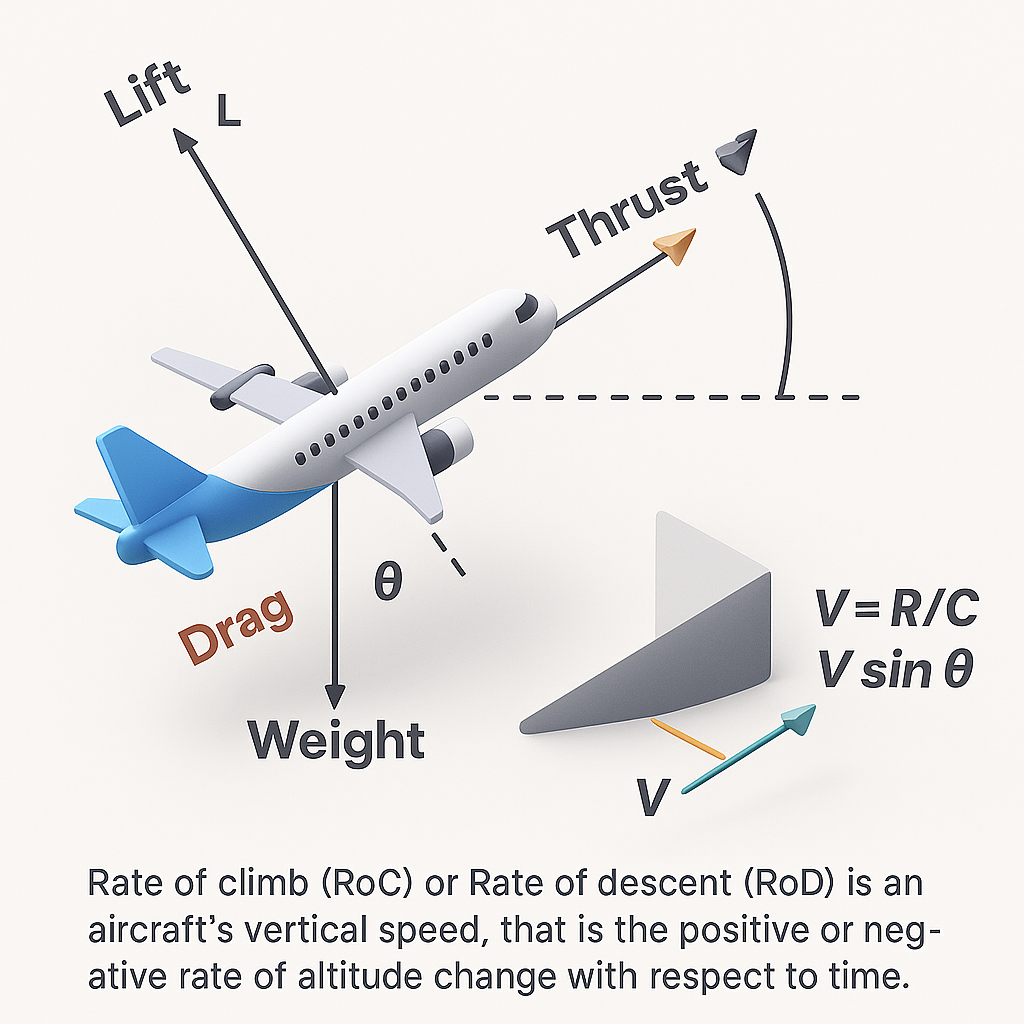
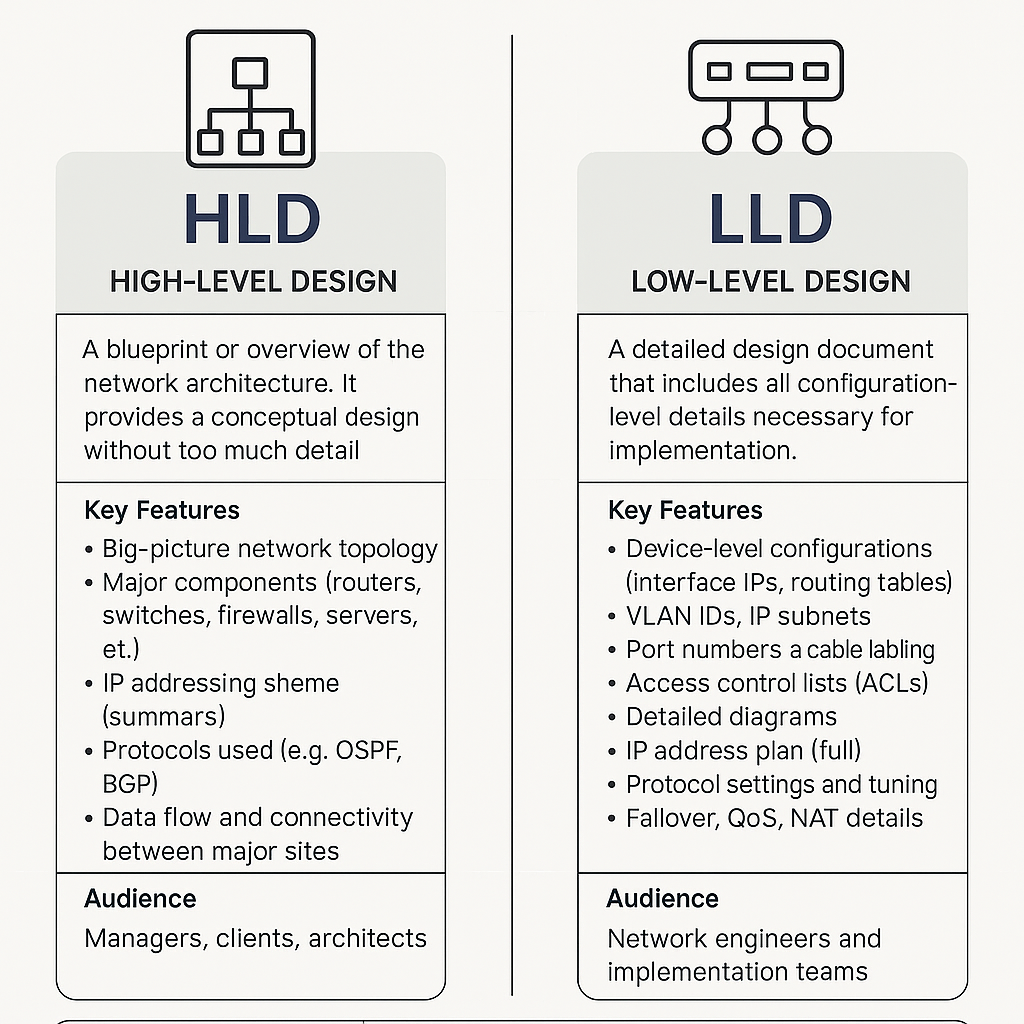
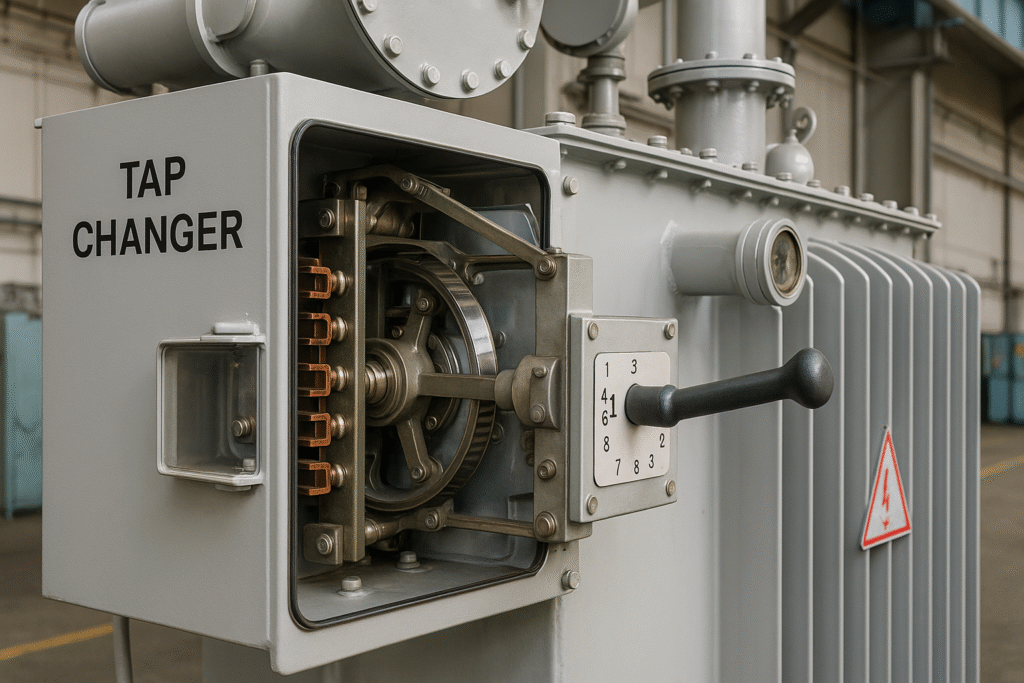
Introduction One of the fundamental equations governing transformer operation is: Voltage = 4.44 × Flux × Frequency × Number of Turns As you can see, the number of turns is directly proportional to the voltage. This means we can control the voltage value by adjusting the number of turns. The Importance of Voltage Regulation in Transformers In a transformer, the secondary side is connected to loads, and these load voltages are supposed to remain stable. You also know that the voltages on the primary and secondary sides follow a ratio determined by the number of turns in each winding. Under any condition, if the voltage increases on the primary winding, the voltage on the secondary winding connected to the loads will also increase. This can lead to damaging or burning out devices and equipment. Therefore, to stabilize the voltage on the secondary side, we use a device called a Tap Changer. Purpose of the Tap Changer The main goal of the tap changer is to regulate the output voltage of the power transformer and maintain voltage stability. It achieves this by switching between different turns on the high-voltage (primary) winding of the transformer. By changing the number of active turns, the turn ratio is adjusted, which in turn allows us to control the output voltage. ✅ The tap changer is a mechanical device. Types of Tap Changers Tap changers are divided into two main types: 1️⃣ Off-Load Tap Changer 2️⃣ On-Load Tap Changer Why Is the Tap Changer Placed on the High-Voltage Windings? ✅ Here are the main reasons: 1️⃣ Safety: The current on the high-voltage side is lower, so any spark during switching will be smaller and easier to manage. 2️⃣ More Turns Available: The high-voltage winding has more turns than the low-voltage side. This makes it easier to tap into the winding at different points to adjust voltage. 3️⃣ External Placement: The high-voltage windings are located on the outside, making it easier to connect the tap changer to them. Conclusion The tap changer is a crucial component for maintaining voltage stability in transformers. Whether off-load or on-load, it allows for fine-tuning the transformer’s voltage ratio to protect connected loads and ensure reliable power delivery. What is a Tap Changer in Power Transformers? A tap changer is a device used in power transformers to regulate the output voltage to the desired level. It does this by changing the connection point (“tap”) on the transformer winding, either by adding or removing winding turns. This is important for maintaining a stable voltage even when the load or input voltage changes. Types: How It Works: Why is it Important? Image Description for Educational Purposes: Edit By. DR. Engineer/ Adel Ramadan
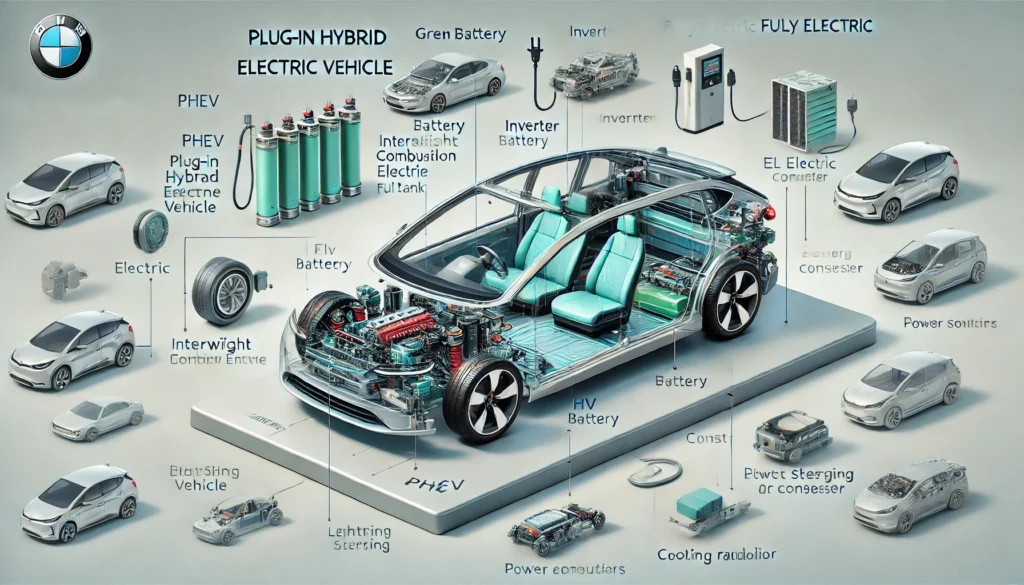
Electric mobility is reshaping the automotive industry, offering sustainable alternatives to traditional internal combustion engines. Two of the most prominent technologies are the Plug-in Hybrid Electric Vehicle (PHEV) and the Battery Electric Vehicle (BEV). While both reduce emissions and rely on electric power, they use distinct architectures and serve different user needs. In this post, we’ll break down the engineering behind each system, using a clear, labeled infographic to explore their main components. ⚡ 1️⃣ Plug-in Hybrid Electric Vehicle (PHEV) A PHEV combines the best of both worlds: an internal combustion engine (ICE) and an electric drivetrain with a rechargeable battery pack. This configuration allows short-distance electric driving while retaining the flexibility of a gasoline engine for longer trips. 🔍 Key Components: ✅ Advantages: ⚠️ Drawbacks: ⚡ 2️⃣ Battery Electric Vehicle (BEV) A BEV is fully electric, with no gasoline engine. It relies entirely on large-capacity batteries to power an electric motor. It produces zero tailpipe emissions, representing the cleanest option for personal transport. 🔍 Key Components: ✅ Advantages: ⚠️ Drawbacks: 🔎 Engineering Comparison Feature PHEV BEV Power Sources Gasoline + Electric Fully Electric Battery Size Smaller (10–20 kWh typical) Larger (40–100+ kWh) Range Electric-only + gasoline range Electric-only Emissions Low, but not zero Zero tailpipe emissions Complexity High (dual systems) Simpler (all-electric) Refueling Time Fast with gasoline, slower when charging Charging-dependent 🛠️ Conclusion Plug-in hybrids and battery electric vehicles both play vital roles in the transition toward sustainable transport. PHEVs offer a transitional technology ideal for drivers needing long-range flexibility, while BEVs represent the ultimate goal of a fully decarbonized transport system. As battery technology improves and charging networks expand, BEVs will likely dominate the market. But today, both technologies help reduce fuel consumption, lower emissions, and pave the way for a cleaner future. 📌 Suggested Reading
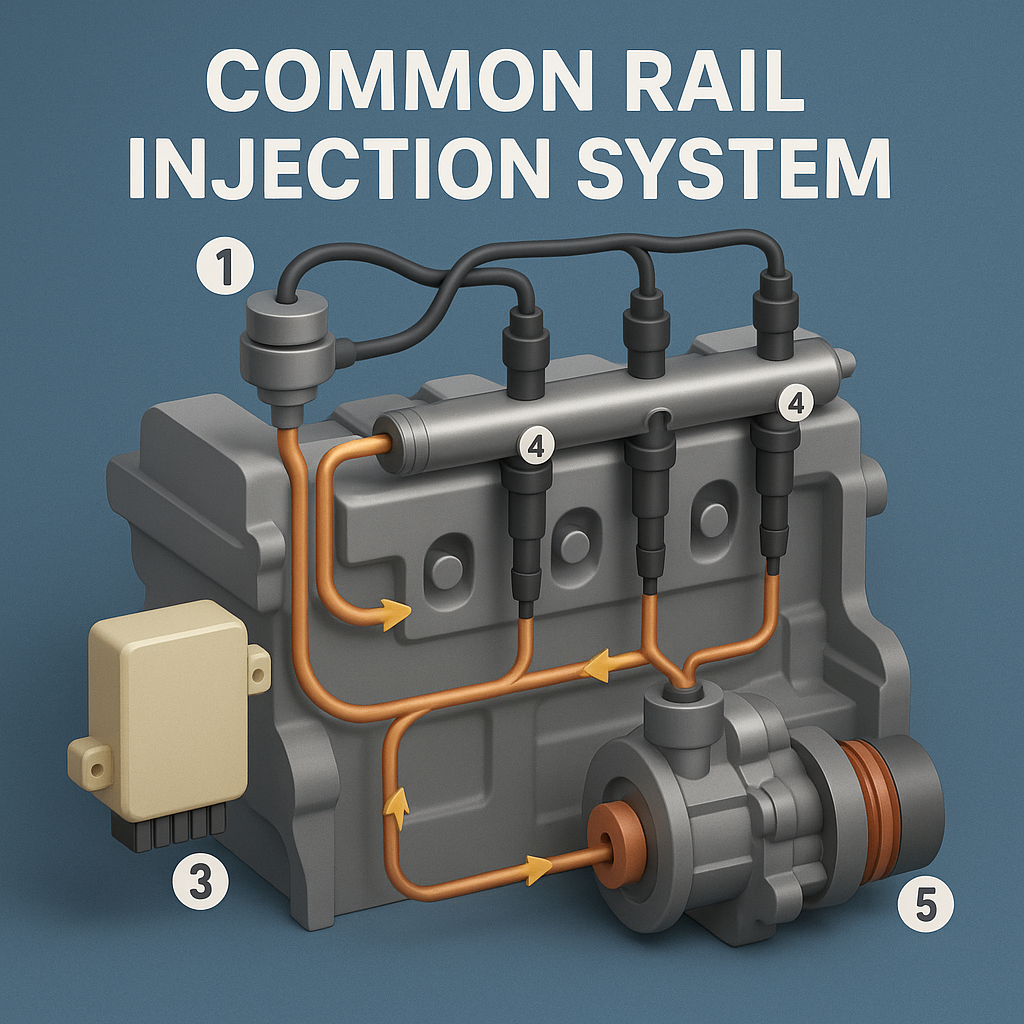
Modern diesel engines rely on advanced fuel injection technology to maximize performance, fuel efficiency, and emissions control. The Common Rail Injection System is at the heart of this transformation, replacing older mechanical systems with precise, high-pressure, computer-controlled fuel delivery. How It Works: Key Components 1️⃣ High-Pressure Pump (5) 2️⃣ Common Rail (2) 3️⃣ Injectors (4) 4️⃣ Pressure Sensor & Regulator (1 & 3) 🚦 Why Is This System So Effective? 🏁 In Short: The common rail system is the backbone of modern diesel performance. It delivers precise, high-pressure fuel to each injector, managed by smart sensors and regulators, resulting in engines that are more powerful, cleaner, and more efficient than ever before.

The Law of Large Numbers (LLN) is a fundamental concept in probability and statistics. It states that as the size of a sample increases, the sample mean (average) will get closer and closer to the expected value (true mean) of the population from which the sample is drawn. In other words:If you repeat an experiment a large number of times, the average result will likely be close to the theoretical average. For example, if you flip a fair coin many times, the proportion of heads will get closer to 50% as the number of flips increases. Key Points: Edit By: Dr. Engineer / Adel Ramadan

Civil engineering is at the heart of every successful modern house, shaping everything from the foundations to the roof. While architecture may define the style and aesthetics, it’s civil engineers who ensure the structure stands strong and safe for years to come. Here’s how civil engineering makes a difference in today’s homes: Modern houses are more than just beautiful—they’re examples of advanced engineering at work! Now, here’s a prompt for a realistic image to match your post: Prompt for Realistic Image: A modern house under construction, featuring civil engineering elements: visible concrete foundation, steel reinforcement bars, workers installing structural beams, scaffolding, and construction machinery. In the background, completed parts of the house show large windows, solar panels, and sustainable landscaping. The image is realistic, with sharp details and natural lighting. Edit By. Dr. Engineer/ Adel Ramadan
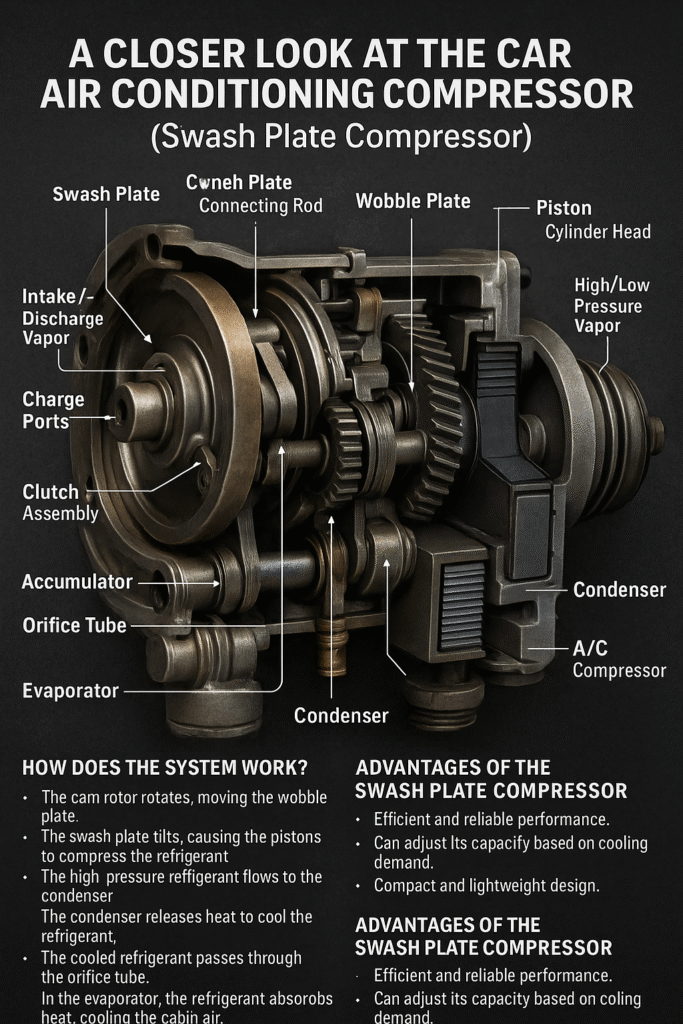
The Swash Plate Compressor is a widely used type of air conditioning compressor in modern vehicles. Its unique design offers a blend of efficiency, reliability, and compactness, making it a preferred choice in many automotive A/C systems. 🚨 Main Components (with Expanded Descriptions): 🚨 Additional Details: Swash Plate Compressor Design 🚨 How the System Works (Step-by-Step) 🚨 Advantages of the Swash Plate Compressor In summary:The Swash Plate compressor is a critical, advanced component of modern automotive A/C systems. It efficiently compresses and circulates refrigerant to ensure rapid, reliable cooling—providing both comfort and safety for drivers and passengers. Edit By: Dr. Engineer / Adel Ramadan
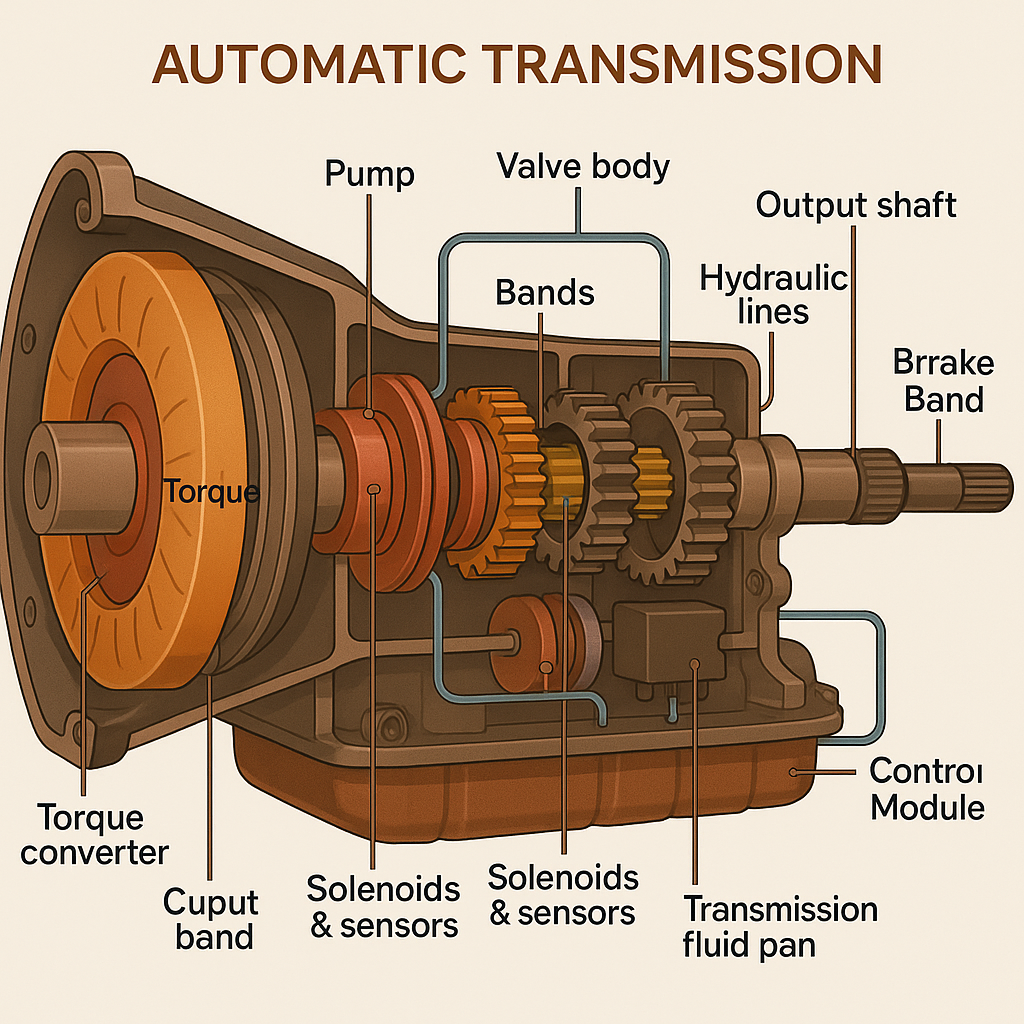
An automatic transmission is a sophisticated type of vehicle transmission system designed to automatically shift gear ratios as the vehicle moves, eliminating the need for the driver to manually change gears. Unlike a manual transmission, which requires the driver to engage and disengage the clutch and select gears, an automatic transmission handles all of these tasks seamlessly and efficiently, allowing for a more convenient and comfortable driving experience. Primary Function:The main purpose of an automatic transmission is to optimize the relationship between the engine’s power output and the rotational speed of the wheels. By automatically adjusting the gear ratio, it ensures that the engine operates efficiently under various speeds, loads, and driving conditions. This leads to smoother acceleration, better fuel efficiency, and reduced wear on engine components. How It Works:Automatic transmissions use a complex system of hydraulic controls, sensors, and computer systems to monitor driving conditions and determine the appropriate gear. Key mechanical components include: Key Features: Benefits:Automatic transmissions are praised for their ease of use, making driving less stressful and more accessible. They contribute to smoother gear changes, improved comfort, and, in many cases, better fuel efficiency thanks to advancements in electronic control and gear design. Edit By. Dr. Engineer / Adel Ramadan